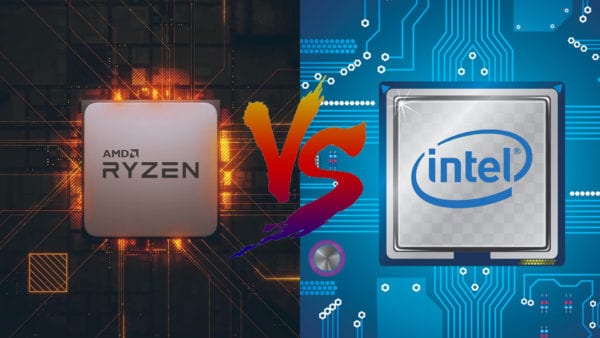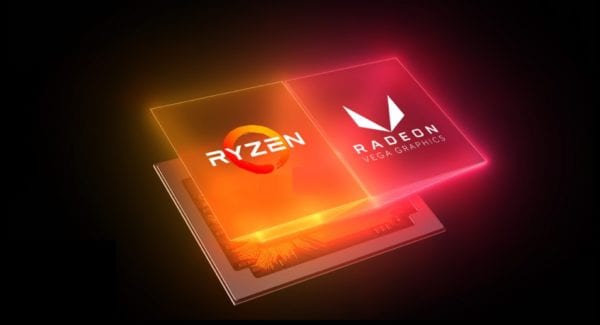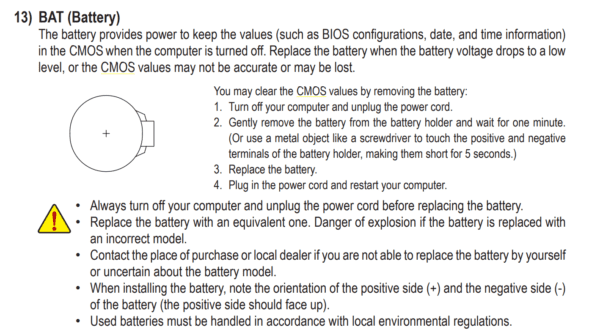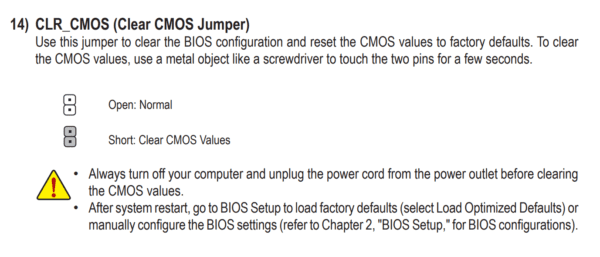With the current global chip shortages, it’s never an easy decision to go out and purchase a CPU upgrade for your PC. The price will be higher than normal years of supply (pre-COVID), and chances are you want to upgrade to a higher end of the chip from what’s currently on your system. Given most of the PC, the most expansive part is the CPU itself; you want to be extra careful when deciding on a CPU upgrade.

Here are eight things I’ve narrowed down to help you make your CPU upgrade a month experience. Because the last thing you want is to find out the most expansive part you’ve purchased does not work with your build. We want to avoid this costly mistake by all means necessary.
Socket Match
First and foremost, you want to make sure the CPU socket matches between your motherboard and the new CPU you will buy. For Intel, the most recent socket is LGA 1200, and for AMD’s Ryzen is an AM4 socket.
Motherboard Support Check if BIOS update is required
After you’ve verified the socket matches, you want to make sure the mother supports this version of the CPU. This means you need to go to the motherboard manufacture site and find the EXACT version of your motherboard and check if the CPU you plan to upgrade is listed in the supported list.
Most motherboard manufactures can only support 2-3 generation of CPUs after their initial release. The reason is most of the time, CPU manufacture would often update and change their chipset between few major CPU lines, and when that happens, regardless of the socket match, you no longer will be able to run the latest CPU with an older motherboard.
Check power TDP
Each CPU has a different TDP (thermal design power). This means they can draw power at different peak rates. Generally, this won’t be an issue as the power draw difference should be all covered by your power supply. Most of the desktop CPUs range between 65W-105W in power consumption. You want to make sure your system can support the new CPU by providing enough power to the board.
Check RAM Support
If you upgrade the CPU, this mostly won’t be an issue as the newer CPU should have backwards support to slower RAM speed. Unless you plan to upgrade the RAM, your existing RAM is most won’t be an issue. But you want to check out the RAM type and speed to make sure they are all compatible.
Check GPU

Some CPU comes with integrated GPUs, AMD referrers them as APUs. If you are going to upgrade an existing machine that runs on APUs to something that doesn’t have integrated GPUs, you will have problems with your display. It would be best to supply a dedicated GPU, and chances are your motherboard might not support it correctly.
Before Upgrade Update Chipset Driver
Now let’s talk about the preparation you need to do before you upgrade the CPU. Head to the motherboard manufacturer, download the latest chipset driver for your motherboard and apply the upgrade. This is to ensure the latest CPU support.
Before Upgrade Clear CMOS
Before you start up your PC with the new CPU, you want to clear the CMOS. CMOS is used to store the BIOS settings. Obviously, if you change the CPU, the setting will be different. There are few different ways you can clear the CMOS; a common way is to remove the CMOS battery that’s onboard on your motherboard. Another method is to find a jumper that’s dedicated to CMOS clear. Find some metal tool to connect the two pins to a short circuit to clear CMOS.
Motherboard Status LED troubleshoot (CPU/VGA/DRAM/BOOT)
Finally, if you run into any issues, some motherboard has status lights to tell you where the issues might be. Check your motherboard’s user manual for more details. Hopefully, if you’ve done all the steps above, your CPU upgrade will be a smooth experience.
The post What you need to know when upgrading your workstation’s CPU appeared first on Next of Windows.


